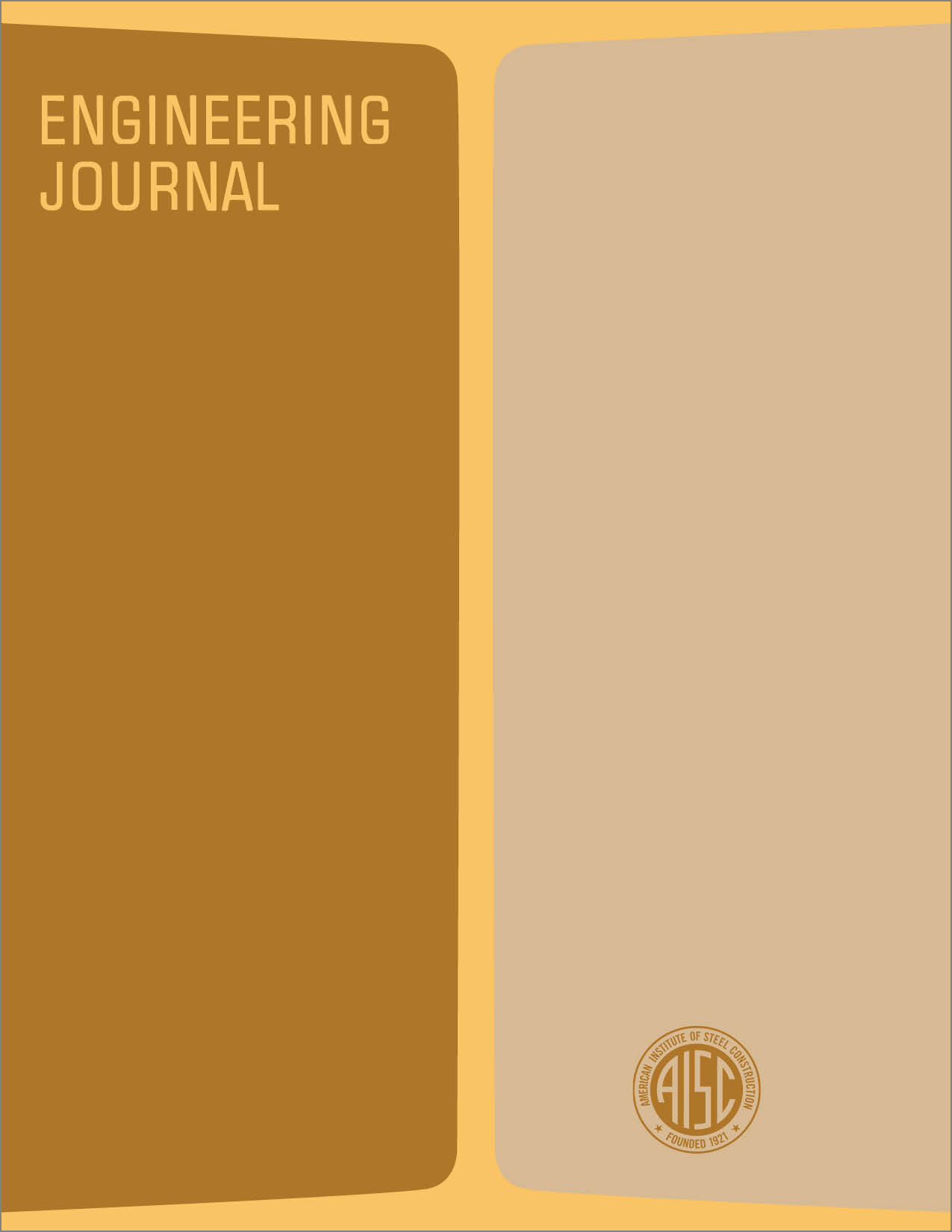Fire Resistance of Structural Steel
DOI:
https://doi.org/10.62913/engj.v15i4.323Abstract
Because a factor of safety is incorporated in design calculations, load-bearing members in a building generally possess reserve strength. This gives the member resistance to extreme loads such as floor load concentrations, wind, snow, and earthquake, and at the same time resistance to fire. During a fire, the member may be exposed to heating at extremely high temperatures, and as a consequence its strength may decrease substantially in a short time. To prevent such loss of strength it is essential to protect the member against excessive temperature rise. One of the problems in selecting appropriate protection is the evaluation of its effect on the fire performance of the member. Usually, fire performance is determined by subjecting a member to a standard fire. In practice, however, the severity of fire conditions can vary over a wide range. It is desirable, therefore, to find some means by which the performance of a member in a standard fire can be used to assess its performance under fire conditions more representative of those that might actually be expected.

